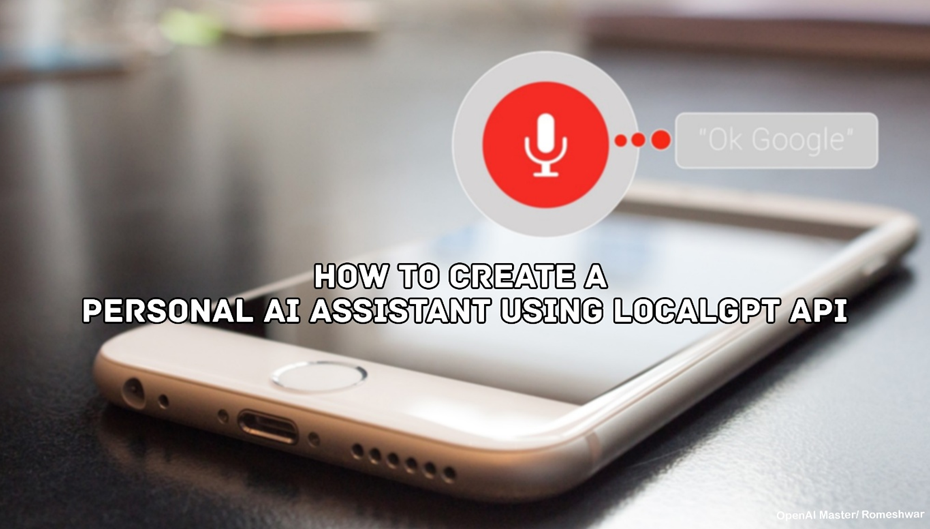Artificial intelligence (AI) has advanced tremendously in recent years. Systems like ChatGPT show the possibilities of conversational AI that can understand natural language requests and provide helpful responses. However, public chatbot APIs have limitations around privacy, customization, and reliance on internet connectivity.
LocalGPT provides an intriguing alternative – an open source library that allows running powerful AI models locally on your own systems. With some development work, LocalGPT can be leveraged to create customized personal assistants with expanded capabilities.
In this comprehensive guide, we will walk through the end-to-end process of building a personal AI assistant with LocalGPT.
Prerequisites
Before diving in, it‘s important to understand LocalGPT‘s requirements and have the necessary skills:
LocalGPT Requirements
- LocalGPT is built on Python. So Python 3.10 or later is needed.
- You‘ll also need a C++ compiler like g++ to install LocalGPT‘s dependencies.
- Sufficient hardware is important. LocalGPT can leverage NVIDIA GPUs for accelerated performance. Apple silicon chips like M1/M2 can also run LocalGPT without a GPU.
Recommended Skills
- Proficiency with Python for programming the assistant
- Understanding of natural language processing techniques
- Ability to make API calls and process JSON responses
- Comfortability with command line interfaces
With these covered, you‘ll be set up for success in creating your AI assistant.
Getting Access to the LocalGPT API
The first development step is getting access credentials for the LocalGPT API:
Sign Up: Go to LocalGPT‘s website and sign up for access. This will provide an API key.
Authenticate the API: All API calls will require passing your API key. This ensures the traffic is authorized.
Review Documentation: LocalGPT provides documentation on available endpoints, parameters for requests, and structure of responses. Review this to inform development.
With access setup, we can focus next on programming our assistant.
Building Out Personalized Functionality
LocalGPT provides powerful general purpose models for generating text. But we can customize the functionality for our own needs:
1. Choose a Programming Language
Since LocalGPT is Python-based, Python will be the easiest programming language to use. But JavaScript and Ruby are also supported options.
2. Install LocalGPT Libraries and Dependencies
Clone LocalGPT‘s GitHub repository which contains instructions for setting up on your environment using Conda or Docker. This will install the necessary packages and dependencies.
3. Make API Calls to LocalGPT
With the libraries installed, we can now authenticate with our API key and call endpoints like /generate to create text responses.
The JSON payload of parameters allows customizing prompts. We can provide:
- Context about the user request
- Number of response turns needed
- Criteria our assistant should consider
4. Process Responses
We‘ll need to parse LocalGPT‘s JSON response to extract our generated text prompt. Then we can implement business logic around using that text, whether displaying it in a user interface or piping it into other systems.
Customizing with Documents
To further personalize, LocalGPT allows uploading documents like PDFs, CSVs, and text files.
By ingesting company data, research papers, manuals, or other documents, LocalGPT can adapt its language model to give responses better aligned to our needs.
The imported documents create a localized pool of context about our use case. Questions asked afterwards relate better to this uploaded data vs purely general domain information.
Improving Accuracy Over Time
No AI system is perfect, especially from the start. But we can train accuracy and effectiveness of our LocalGPT assistant through:
User Feedback Analysis: Track where responses are inadequate and fine tune parameters.
Versioning: Try different model variations over time for comparison.
Expand Training Data: Add diverse documents to handle a wider range of questions.
With iteration, the assistant constantly evolves towards better serving user needs.
Use Cases and Limitations
There are many potential uses for a customized LocalGPT assistant:
- Customer service bots that answer support questions
- Market research through surveys and data analysis
- Automated document generation like reports or summaries
- And much more based on uploaded data
However, there are also limitations to consider:
- Computationally Expensive: Running and updating complex models requires significant processing power and electricity.
- Interpreting Outputs: Models can sometimes generate text that seems coherent but provides useless or incorrect information.
- Security: Attackers could attempt exploiting the model to generate harmful text.
So it‘s crucial to rigorously test assistants and have human oversight in deploying them responsibly.
Creating a performant personal AI assistant with LocalGPT requires real development work. But the outcomes can be transformative, providing customized automation to end users.
This guide covered key steps like gaining API access, programming against endpoints, uploading documents for personalization, iteratively improving models, and responsible deployment.
As LocalGPT and AI continue rapid evolution, the possibilities for localized assistants will expand greatly. We‘re still in the early days, but the future looks bright for this emerging technology!
